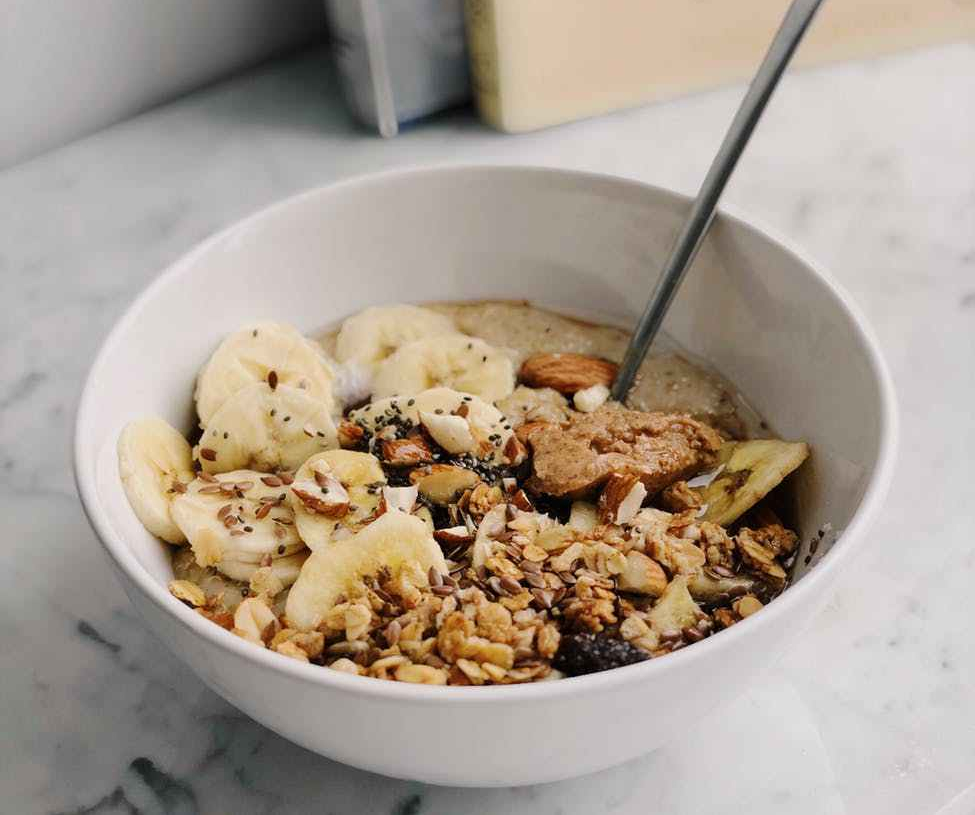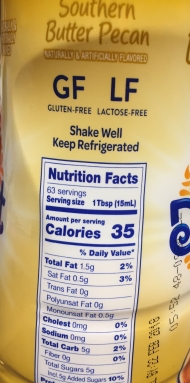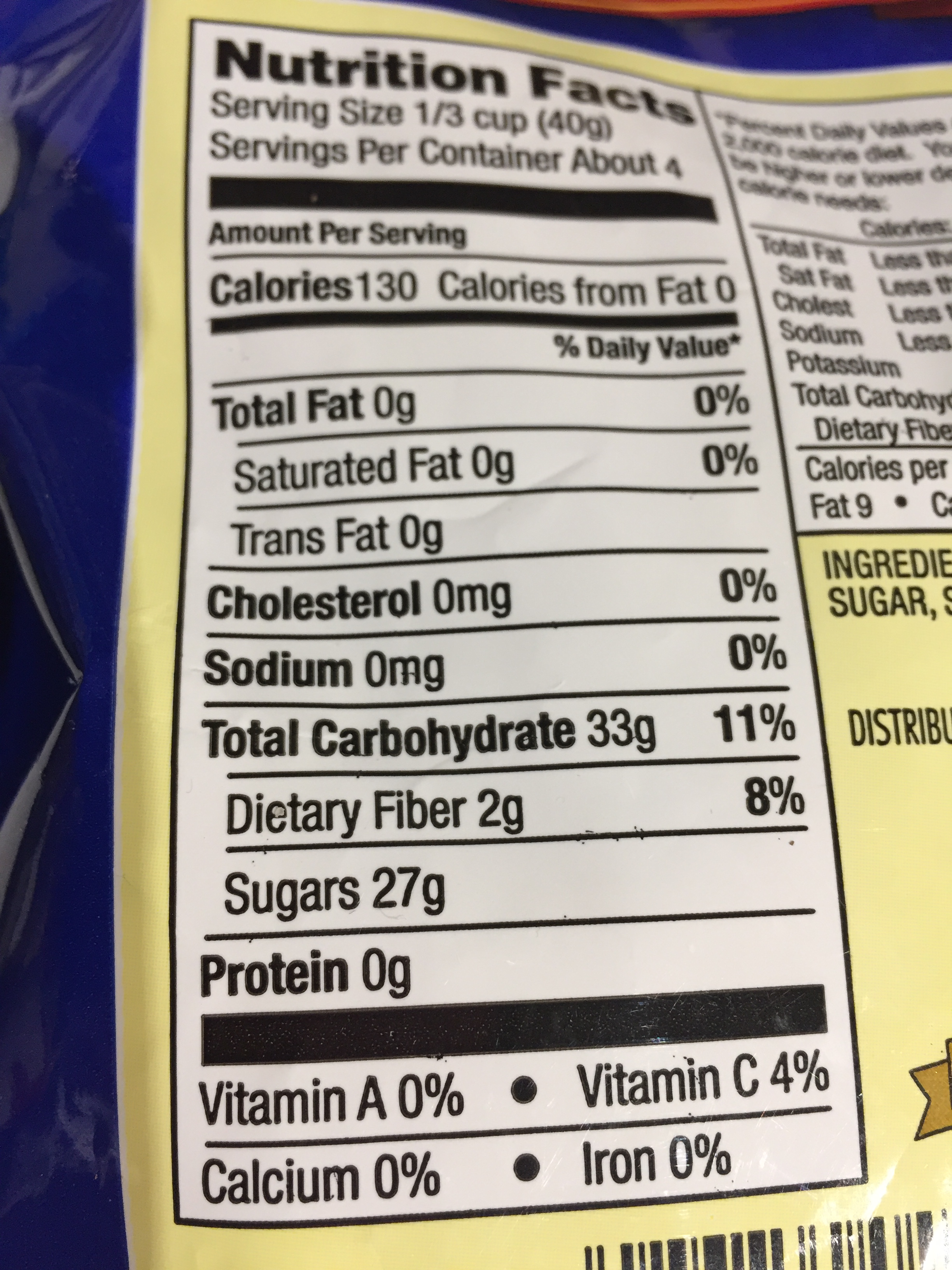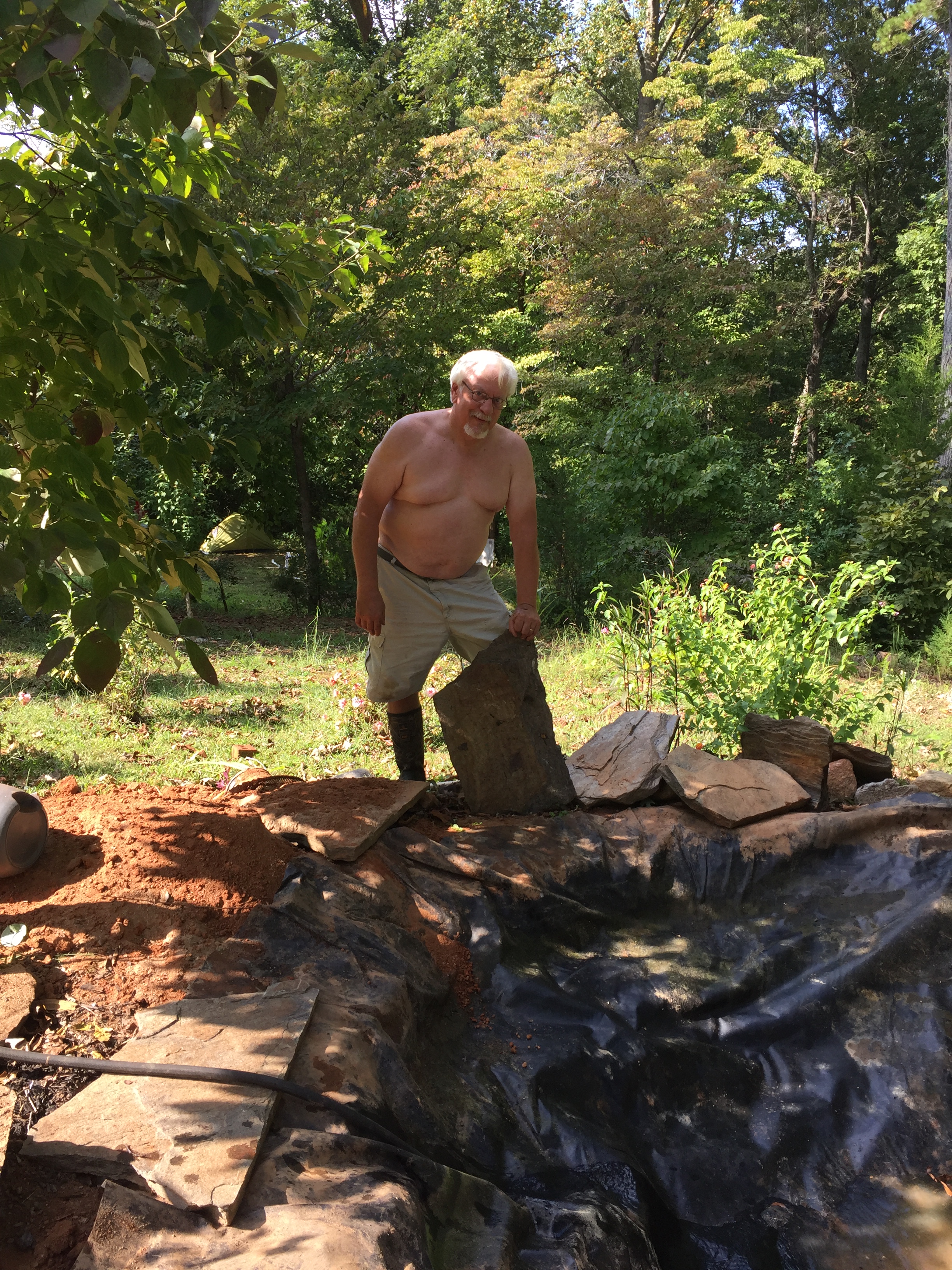 Do you eat cereal? I was thinking about having a bowl of cereal for desert, as I was craving sugar. Most commercial cereal is so unhealthy it is a desert, yet it is touted as a healthy choice. But then it occurred to me that in many, many households, it is the healthiest choice they make, and how much boxed cereal improved the nation’s health when it was introduced, simply because it is vitamin fortified. That led me to think of how relative healthy eating is.
Do you eat cereal? I was thinking about having a bowl of cereal for desert, as I was craving sugar. Most commercial cereal is so unhealthy it is a desert, yet it is touted as a healthy choice. But then it occurred to me that in many, many households, it is the healthiest choice they make, and how much boxed cereal improved the nation’s health when it was introduced, simply because it is vitamin fortified. That led me to think of how relative healthy eating is.
While some of us worry about whether our produce is organic, if our food is locally and humanly raised, or if it is the healthiest of competing eating plans, while many people here in the United States don’t even know, or chose not to know, what they should even be worrying about. There is a vast distance between the “haves and have-nots” of nutritional awareness. Many people think fried chicken and biscuits are suitable to feed a child. Most Americans have no idea how much refined grains and sugar they are consuming, or the correlation between that and type 2 diabetes.
Don’t romanticize the past. While I do believe much of our obesity problem is because of the food industry, eating like your ancestors doesn’t guarantee healthy eating. The one thing I disagree with author Michael Pollen about in his book, “In Defense of Food” was his contention that people in the past ate better. Some did, most didn’t. We may be dying from an overabundance of sugar and calories now, but people died from pellagra, beri beri, scurvy and rickets in the past. Poverty and poor availability of food were extremely common. People in the rural south at corn, but, unlike the Native Americans, they didn’t know to soak their corn in alkali to make its niacin content digestible, which caused rampant pellagra. They also liked it “degermed,” taking more of the B vitamins out. People, for some reason, like their food white and mushy. So rice was also degermed, making it “white.” Rich people ate white bread because it cost more and was “finer”, that made everyone want it. People abandoned whole wheat as being too rural or poor, which we now know was a huge mistake.
Poverty was a driving force. People took advantage of each other, bakers put sawdust, chalk or alum in the bread, spices covered the smell of spoiling meat, they watered down and chalked the milk. People ate what they could afford, which might be good, like collards or beans, or bad, like fat back, white bread and mayonnaise sandwiches. The ultimate hierarchy of good eating for most people in the past was simply getting enough food to not go to bed hungry.
Education was spotty or nonexistent in the past. Who was teaching about food? The local grange or cooperative extension? Home Ec. class in school? What did they teach? Did they just focus on food safety or how to follow recipes? Or did lessons of nutrition get taught? Did you only get this education if you were middle class or higher? I’ve read some grange and home ec. material from the 40’s and 50’s, and most of it was very sound. Even back then they recommended to not eat cake often. However, then, as now, people had to seek out information, and most didn’t.
Cereal was invented as health food. At the time commercial cereal was invented, rich people ate whatever they liked, without regard for whether it was good for them or not, poor people ate whatever was cheap. Having read writings from the past, there was a lot of common knowledge that vegetables were good for you. But then, as now, cake tasted better. People went to spas and sanitariums as they do now, to lose weight and feel better. The sanitariums, for the most part, fed them vegetables and whole grains. It was out of these sanitariums that the cereal industry was born. Those early cereals weren’t too bad; they were whole grains that weren’t overly sweetened. Boxed cereal was affordable, so the poorer people bought it too.
The government got involved. The government later demanded fortification in response to widespread health deficiencies. Bread and flour was fortified with B vitamins in response to pellagra and beri beri, milk with A&D against night blindness and rickets, salt with iodine to prevent goiter. The government also passed food safety laws. While I’m no fan of overreaching governmental influence, those things have made a huge difference. Not every parent can parent, and if you can prevent a child from having a low IQ from serious deficiencies, they at least stand a chance.
You know, but you don’t know. Now we know better. As a society we are being educated to eat fruits, vegetables, whole grains and lean meats. That’s why no one eats hot dogs on buns anymore. Fried chicken has been completely taken over by grilled. And when was the last time you saw a french fry? Ok, so my sarcasm is over the top here. But seriously, do we know? Then why is there a whole aisle devoted to soda? Why is sweet tea still the national drink of the south? Why are white flour breads, rolls and cookies still out there in abundance? Judging by the success of the fast food industry, the amount of donuts brought into work, the aisles of junk in the supermarket, we still have a very, very long way to go.
Getting back to my cereal. For me, it’s desert, for someone else, the healthiest choice of the day. If the choice is between cereal and a donut, cereal doesn’t look so bad. For those of us who worry about our diets and try to eat for health more than taste, try to remember “The perfect is the enemy of the good”. Many people will not give up what tastes good, in spite of being diagnosed with diabetes, heart disease, metabolic disorder or the host of other ailments that can be prevented or mitigated with diet. If we can make some of those foods healthier, or steer people away from the worst offenders, we’ll have still made a difference.

 Do you eat cereal
Do you eat cereal
 to look at it again. Seriously. I always forget about it at this stage. It can get too thick for my liking, so I get aggravated at myself if I forget it too long. It has to be a large bowl. You will be shocked at how much whey is in there. Cleaning whey off of the fridge shelf is not my idea of fun. I left it for 6 hours yesterday and that was pretty good. I usually do it for 4-8 hours.
to look at it again. Seriously. I always forget about it at this stage. It can get too thick for my liking, so I get aggravated at myself if I forget it too long. It has to be a large bowl. You will be shocked at how much whey is in there. Cleaning whey off of the fridge shelf is not my idea of fun. I left it for 6 hours yesterday and that was pretty good. I usually do it for 4-8 hours.

 t is gluten and lactose free. If you have celiac disease, or are lactose intolerant, that’s a good thing to know. However, if you think for one moment that either of those things makes creamer healthy, it doesn’t. First, the ingredient list is closer to a chemistry classroom than a kitchen, and second, sugar is a top ingredient. Third, I don’t know how quickly you’d go through a quart bottle, but in our house, it’s about a one a week. I did the math. That’s 35 calories a serving, times 63 servings, 2,205 calories a week. That’s a whole days worth of calories in one extra ingredient. That is a perfect example of little things adding up.
t is gluten and lactose free. If you have celiac disease, or are lactose intolerant, that’s a good thing to know. However, if you think for one moment that either of those things makes creamer healthy, it doesn’t. First, the ingredient list is closer to a chemistry classroom than a kitchen, and second, sugar is a top ingredient. Third, I don’t know how quickly you’d go through a quart bottle, but in our house, it’s about a one a week. I did the math. That’s 35 calories a serving, times 63 servings, 2,205 calories a week. That’s a whole days worth of calories in one extra ingredient. That is a perfect example of little things adding up.
 Twenty seven grams of sugar in a one third cup serving. That is identical to a Snickers candy bar. If you are trying to lose weight, fine. A snickers has 250 calories. If you are striving for all over health, and healthy foods, no.
Twenty seven grams of sugar in a one third cup serving. That is identical to a Snickers candy bar. If you are trying to lose weight, fine. A snickers has 250 calories. If you are striving for all over health, and healthy foods, no.

 Once my husband saw I was determined to do this, he came out to help.
Once my husband saw I was determined to do this, he came out to help.
